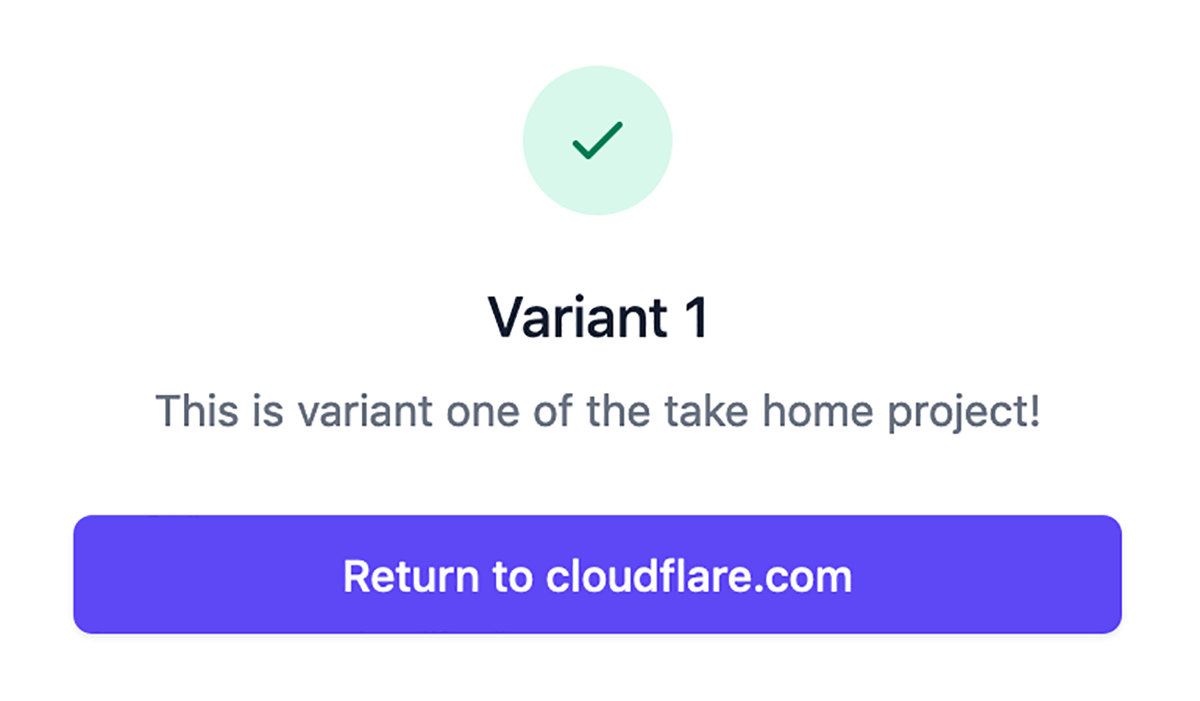BGP Navel Gazing on Software Gone Wild
This podcast introduction was written by Nick Buraglio, the host of today’s podcast.
As we all know, BGP runs the networked world. It is a protocol that has existed and operated in the vast expanse of the internet in one form or another since early 1990s, and despite the fact that it has been extended, enhanced, twisted, and warped into performing a myriad of tasks that one would never have imagined in the silver era of internetworking, it has remained largely unchanged in its operational core.
The world as we know it would never exist without BGP, and because of the fact that it is such a widely deployed protocol with such a solid track record of “just working”, the transition to a better security model surrounding it has been extraordinarily slow to modernize.
What is Data Center Interconnect vs. Data Center Unification?
In this blog, we review data center interconnect (DCI), and how to build on DCI connectivity to unify multi-site data centers. Learn more.Amateur packet radio walkthrough
An earlier version of this post that did data over D-Star was misleading. This is the new version.
This blog post aims do describe the steps to setting up packet radio on modern hardware with Linux. There’s lots of ham radio documentation out there about various setups, but they’re usually at least 20 years old, and you’ll find recommendations to use software that’s not been updated is just as long.
Specifically here I’ll set up a Kenwood TH-D74 and ICom 9700 to talk to each other over D-Star and AX.25. But for the latter you can also use use cheap Baofengs just as well.
Note that 9600bps AX.25 can only be generated by a compatible radio. 1200bps can be send to a non-supporting radio as audio, but 9600bps cannot. So both D-Star and AX.25 here will give only 1200bps. But with hundreds of watts you can get really far with it, at least.
I’ll assume that you already know how to set up APRS (and therefore KISS) on a D74. If not, get comfortable with that first by reading the manual.
DMR doesn’t seem to have a data mode, and SystemFusion radios don’t give the user access Continue reading
The Hedge Episode 41: Centralized Architectures with Jari Arkko
Consolidation is a well-recognized trend in the Internet ecosystem—but what does this centralization mean in terms of distributed systems, such as the DNS? Jari Arkko joins this episode of the Hedge, along with Alvaro Retana, to discuss the import and impact of centralization on the Internet through his draft, draft-arkko-arch-infrastructure-centralisation.
Day Two Cloud 054: Real Life VMware Cloud On AWS
We discuss the reality of running VMware Cloud (VMC) on AWS with Adam Fisher, Cloud & DevOps Engineer at RoundTower. Adam's been deploying VMC on AWS in the real world for customers since the product's early days, and has plenty of insights. VMC on AWS presents a VMware software defined data center (SDDC) hosted on bare metal in AWS data centers. If you're trying to vacate your own data centers or colos, but aren't going to refactor your applications to do it, VMC on AWS presents a compelling technical solution.
The post Day Two Cloud 054: Real Life VMware Cloud On AWS appeared first on Packet Pushers.
Day Two Cloud 054: Real Life VMware Cloud On AWS
We discuss the reality of running VMware Cloud (VMC) on AWS with Adam Fisher, Cloud & DevOps Engineer at RoundTower. Adam's been deploying VMC on AWS in the real world for customers since the product's early days, and has plenty of insights. VMC on AWS presents a VMware software defined data center (SDDC) hosted on bare metal in AWS data centers. If you're trying to vacate your own data centers or colos, but aren't going to refactor your applications to do it, VMC on AWS presents a compelling technical solution.BiB094 – HPE Discover Greenlake and Ezmeral
HPE Greenlake Common cloud platform – pivot to “edge-to-cloud platform-as-a-service company” cloud services, software and customer experiences. Greenlake in numbers: 4B in contract value , 1000 customers, 50 countries, 90% retention rate 700 partners selling Greenlake = next generational partner ecosystem self-served, pay per use HPE Ezmeral The HPE Ezmeral... Read more »BiB094 – HPE Discover Greenlake and Ezmeral
HPE Greenlake Common cloud platform – pivot to “edge-to-cloud platform-as-a-service company” cloud services, software and customer experiences. Greenlake in numbers: 4B in contract value , 1000 customers, 50 countries, 90% retention rate 700 partners selling Greenlake = next generational partner ecosystem self-served, pay per use HPE Ezmeral The HPE Ezmeral […]
The post BiB094 – HPE Discover Greenlake and Ezmeral appeared first on Packet Pushers.
Eighty for Africa: Kenya and Nigeria’s IXP Success

Ten years ago the peering community came up with a vision: We wanted 80 percent of Internet traffic to be localized by 2020. I must admit, over the last decade there were times I wondered if it was possible.
But Kenya and Nigeria have just proven that it is – all thanks to the help of Internet exchange points (IXPs). A new report, Anchoring the African Internet Ecosystem: Lessons from Kenya and Nigeria’s Internet Exchange Points Growth is a case study on how they did it.
What Changed in Kenya and Nigeria
In just eight years a dedicated community helped Kenya and Nigeria to boost the levels of Internet traffic that is locally exchanged from 30% to 70%.
That happened because of a vibrant community of people united around a common cause: bringing faster, cheaper, and better Internet to their neighbours. They did this by focusing on their local Internet ecosystem that is dependent on the IXP.
Building an IXP takes humans and tech. We often say it takes 80% human engineering and 20% network engineering. It certainly is no easy task. Building a strong local Internet community facilitates this collaboration and results in neutral, even, and good local governance Continue reading
Adapting Network Design to Support Automation
This blog post was initially sent to the subscribers of my SDN and Network Automation mailing list. Subscribe here.
Adam left a thoughtful comment addressing numerous interesting aspects of network design in the era of booming automation hype on my How Should Network Architects Deal with Network Automation blog post. He started with:
A question I keep tasking myself with addressing but never finding the best answer, is how appropriate is it to reform a network environment into a flattened design such as spine-and-leaf, if that reform is with the sole intent and purpose to enable automation?
A few basic facts first:
Open Call To The Next Generation of Internet Leaders – Apply for the IGF Youth Ambassadors Program

We are living in unprecedented times. COVID-19 has disrupted our world and it’s a crucial time for the Internet. We are facing issues related to misinformation, online education and connectivity. Challenges have been posed to encryption. Debates around the trade-off between privacy and contact tracing apps take place around the globe.
The acceleration of digital transformation worldwide has created immense opportunities and at the same time, uncertainty and challenges. Under these circumstances, youth must be represented in these discussions.
Young people know the benefits of connection, sharing and openness. Young engineers and programmers create new tools for the Internet every day, and many proposals about governance of new technologies come from interested people below the age of 30.
We grew up in cyberspace, and it has become an intrinsic part of many of our lives. We care for it, we value its principles, invariants and characteristics. Most of all, we understand how important the Internet is and how much of a force for good (or for evil) it can be.
The voice of youth matters and the Internet Society plays a significant role to empower the next generation of Internet leaders and to provide them with the freedom to voice Continue reading
The History of LINUX and SUSE with Dirk Hohndel
Started as a consulting company, SUSE was one of the first organizations to begin working in the development and commercialization of LINUX. Through the years, LINUX has become the base for much of the IT world, including many of the open source network operating systems. Dirk Hohndel joins the History of Networking to discuss the origins of SUSE LINUX.
Lessons from a 2020 intern assignment

This summer, Cloudflare announced that we were doubling the size of our Summer 2020 intern class. Like everyone else at Cloudflare, our interns would be working remotely, and due to COVID-19, many companies had significantly reduced their intern class size, or outright cancelled their programs entirely.
With our announcement came a huge influx of students interested in coming to Cloudflare. For applicants seeking engineering internships, we opted to create an exercise based on our serverless product Cloudflare Workers. I'm not a huge fan of timed coding exercises, which is a pretty traditional way that companies gauge candidate skill, so when I was asked to help contribute an example project that would be used instead, I was excited to jump on the project. In addition, it was a rare chance to have literally thousands of eager pairs of eyes on Workers, and on our documentation, a project that I've been working on daily since I started at Cloudflare over a year ago.
In this blog post, I will explain the details of the full-stack take home exercise that we sent out to our 2020 internship applicants. We asked participants to spend no more than an afternoon working on it, and Continue reading
Security Aspects of Using Smart NICs
After I published the blog post describing how infrastructure cloud provides (example: AWS) might use smart Network Interface Cards (NICs) as the sweet spot to implement overlay virtual networking, my friend Christoph Jaggi sent me links to two interesting presentations:
Both presentations describe how you can take over a smart NIC with a properly crafted packet, and even bypass CPU on a firewall using smart NICs.
Network Break 289: Cisco Live 2020, Palo’s ML, HPE Edge Telco and more
Cisco Live Virtual topics so SecureX, Webex Collaboration and the "Connected Experience" (even if we don't really know what that is). Palo Alto gets machine learning features into the latest PAN-OS release for malware scanning, automated rule creation and more. HPE get Edgey with Telco plus more on Zoom security tradeoffs.
The post Network Break 289: Cisco Live 2020, Palo’s ML, HPE Edge Telco and more appeared first on Packet Pushers.